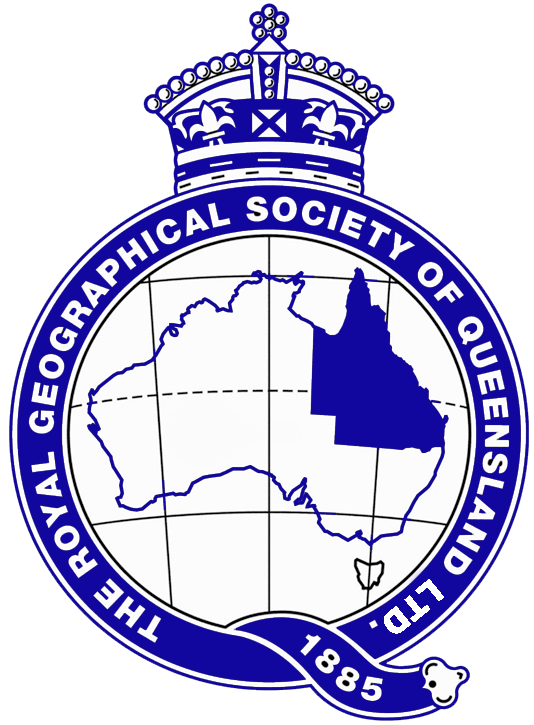the Society
The Royal Geographical Society of Queensland (RGSQ) promotes the study and science of geography and encourages a greater understanding and enjoyment of the world around us. The Society was established in 1885 as a non-profit organisation which brings together people from all walks of life who share an interest in geography, the environment and community.
The mission of the society is to promote and advance our knowledge and the science of geography, with a view to building a better world and to encourage a greater understanding and enjoyment of the world around us. |

